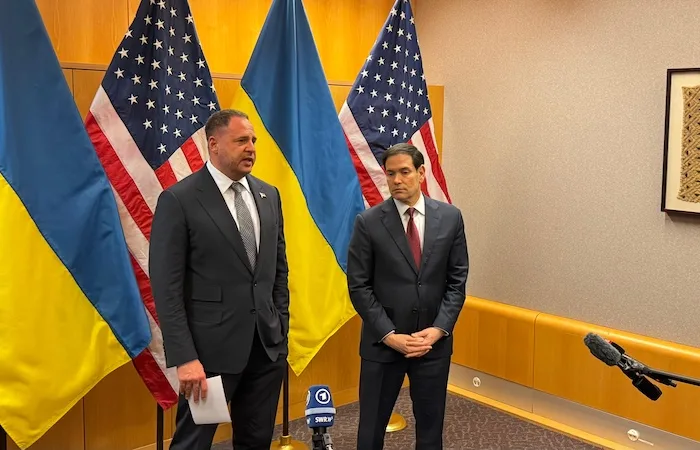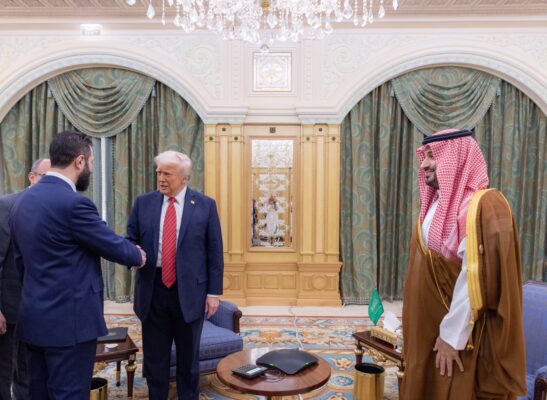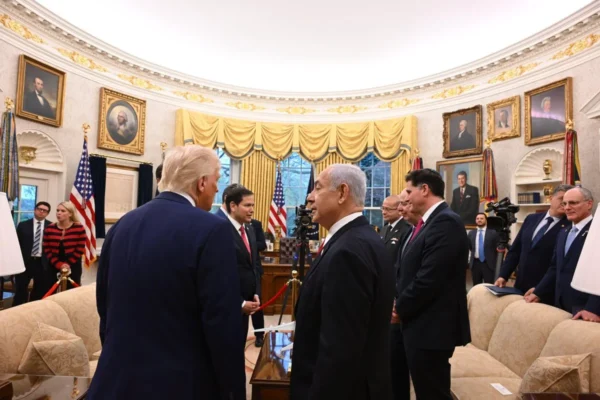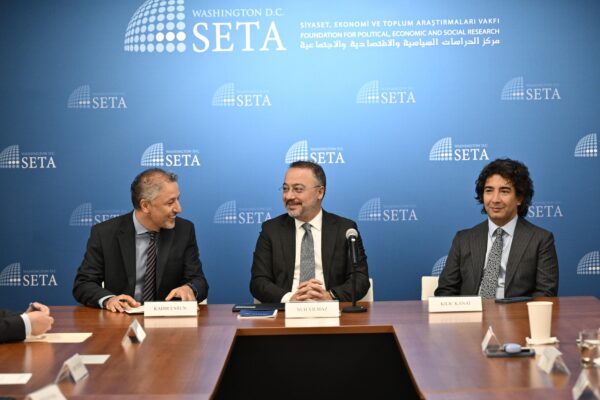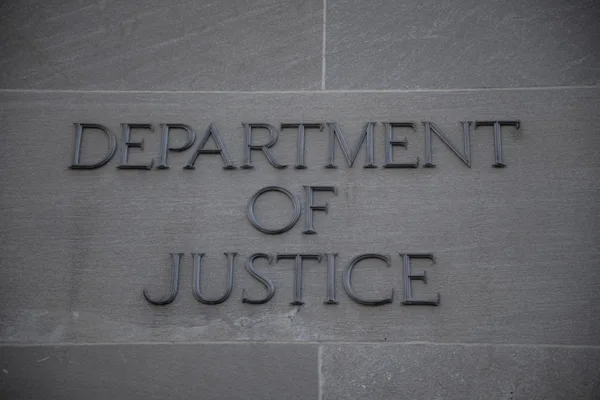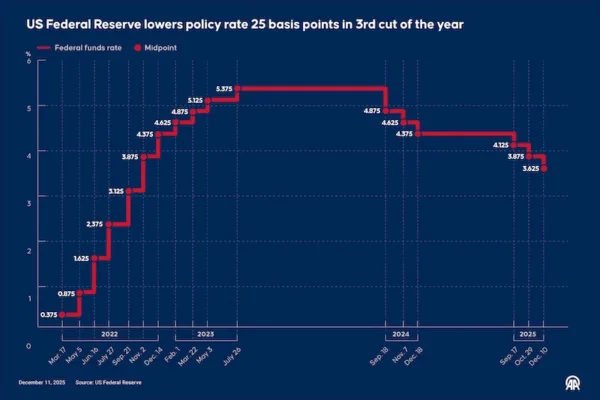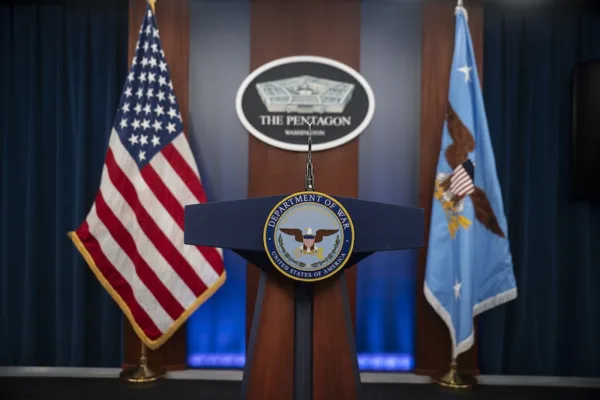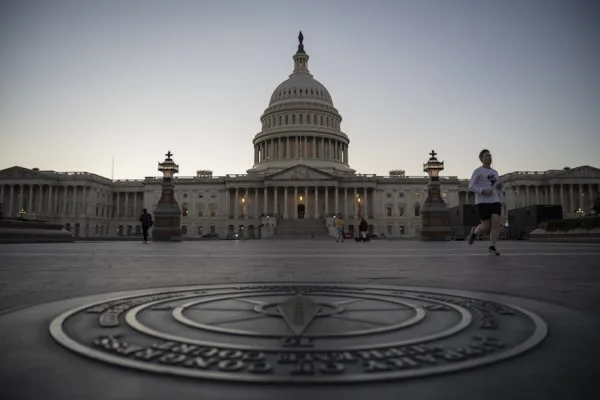‘Ready to explode’ Middle East and the U.S.
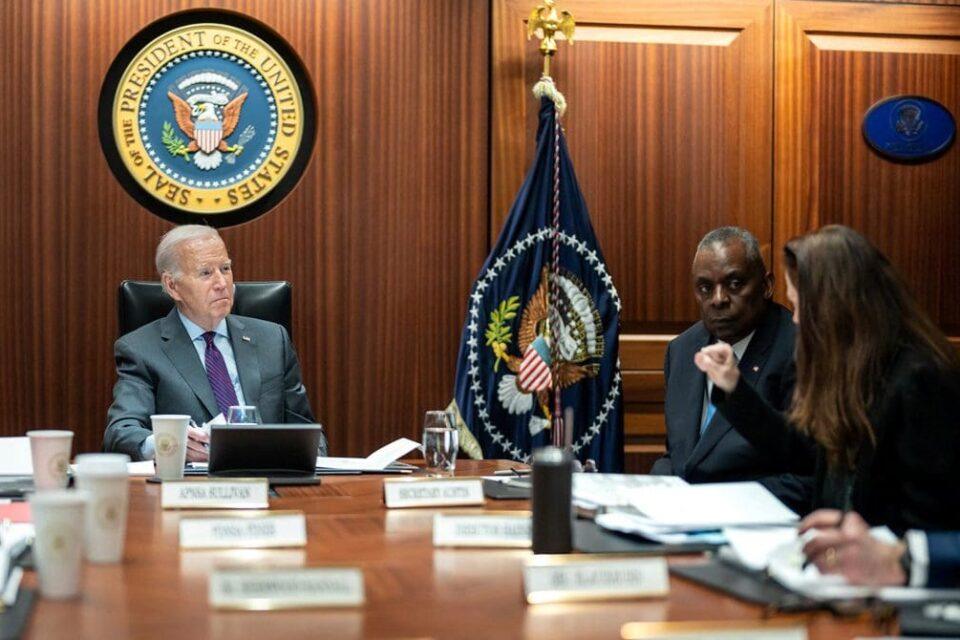
U.S. Secretary of State Antony Blinken visits the Middle East this weekend for the fifth time since the Oct. 7 attack.
Against the backdrop of the killing of three U.S. soldiers in Jordan, CIA Director William Burns published an article in Foreign Affairs on Jan. 30 to explain why the Biden administration was compelled to pay so much attention to the Middle East: “I have spent much of the last four decades working in and on the Middle East, and I have rarely seen it more tangled or explosive.”
Arguing that the U.S. was experiencing a rare occasion today akin to the Cold War and 9/11, he made the following summarized points:
• The Russian invasion of Ukraine marked the end of the post-Cold War period.
• Russia poses the most immediate challenge, but China represents a more serious threat in the long term.
• Under Xi Jinping’s leadership, China seeks to reshape the international order.
• To keep supporting Ukraine is key to countering Russian aggression and signaling the West’s intention to assist Taiwan.
• The middle powers diversify their external relations, collaborating with the United States and China simultaneously.
• Dealing with Iran is the key to Israel and the region’s safety. The ongoing crisis has empowered the Iranian regime, which appears ready to fight to its last regional proxy.
Mid East on brink amid debate on U.S. retreat
The CIA director’s argument that the Middle East is ready to explode suggests that the debate over Washington’s potential retreat from Iraq and Syria does not necessarily reflect reality.
The U.S. is fully aware that Russia and China are interested in the region. As the Gaza crisis demonstrates, the Middle East isn’t a region whose problems can be disregarded. In other words, Washington can change its stance but cannot withdraw from the region.
Whether a Democrat or a Republican wins the presidential election in November, the U.S. will adopt a new Middle East policy.
Tired of meddling in the Middle East, the U.S. seeks to avoid a comprehensive war with Iran as it attempts to handle the post-Oct. 7 situation.
At the same time, it intends to deliver a multifaceted, gradual and long-term response to the most recent attack in Jordan.
The bottom line is that the United States and Iran are engaged in a battle of deterrence. Washington’s failure to stop the uptick in Iranian-backed attacks against U.S. military bases has come to put the Biden administration in a difficult position.
Former President Donald Trump accuses the Biden administration of being powerless and willing to surrender within the context of the Ukraine war and the Gaza conflict.
Claiming that World War III is around the corner, Trump has recently argued that there would have been no war in Ukraine and no Oct. 7 attack if he had been reelected. He also said that his administration’s “maximum pressure” policy had made it impossible for Tehran to fund its proxies.
It remains difficult for U.S. President Joe Biden, who already faces a backlash from young people over his failure to halt Israel’s massacres and broker a cease-fire, to simply brush aside Trump’s criticism.
The U.S. president wants to avoid a war ahead of the 2024 election and to highlight his achievements – like supporting Ukraine and NATO’s enlargement – instead. Yet, he faces trouble in the Middle East once again.
This time around, Israel’s massacres and intention to spread war across the region, coupled with Iran’s ambitious “axis of resistance” policy, compelled the administration to devise a new Middle East policy.
This is not about stopping the Houthis in order to secure the Red Sea shipping routes or preventing armed attacks against U.S. military bases. Nor is it possible to reduce the question at hand to the “day after” in Gaza.
It goes without saying that the Israeli-Palestinian conflict and its negative repercussions won’t just disappear in the absence of a two-state solution.
The Middle East could encounter a period of uncertainty and conflict more dangerous than the Arab revolts. Accordingly, the U.S. will be compelled to engage regional powers and its allies in a new way – provided that it could not possibly promote peace and stability in the Middle East even if it really wanted to.
Challenging realities
To sum up, the U.S. cannot have a strong enough presence in the Middle East to create order. Indeed, history shows us that the United States cannot bring peace to the region even if it were to go back there.
For the record, Russia and China’s interests won’t suffice to promote stability. Israel and Iran won’t just stop exploiting the chaos.
Instead, regional powers like Türkiye, Saudi Arabia, Egypt, Qatar and the United Arab Emirates (UAE) must launch new initiatives and build new mechanisms to end the fighting in the Middle East and to create a peaceful new order.
President Recep Tayyip Erdoğan and Foreign Minister Hakan Fidan’s intense diplomatic efforts promise to contribute to efforts by countries in the region to promote order.
[Daily Sabah, February 3, 2024]



